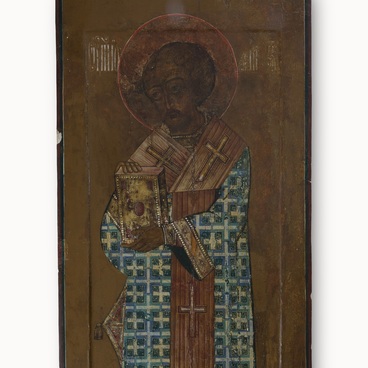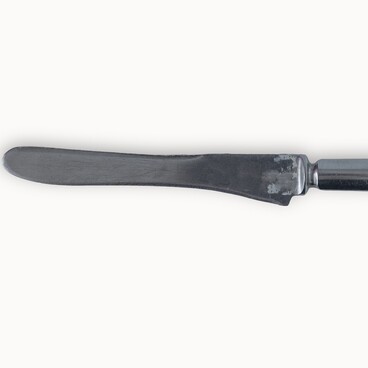Ever since the Zlatoust Mining District was established, the arms factory was the main one among its enterprises. The mining engineers and officials often received awards. At the same time, the government of the 19th-century Russian Empire never failed to celebrate the workers of the plant as well.
Apart from significant cash prizes, the best craftsmen received medals. It is documented that once all workers and employees of the Zlatoust Arms Factory were awarded medals. Honorary kaftans were among the awards given for achievements. They were usually received by distinguished gunsmiths and artisans of the mining factories.
The kaftan is an item of traditional Russian national clothing. It was sewn from red or green cloth and decorated on the sides with a wide gold galloon — a stripe of tinsel braid. Kaftans were worn on major holidays, so, on such days in the streets, honored workers and craftsmen could be seen from afar.
The kaftan came with a certificate, signed by the head of the Ural mining factories. An example of such a document can be found in the history section of the Zlatoust City Museum of Local Lore. The document was printed in gold ink on a sheet of cardboard. The text is enclosed in an ornamental frame. The upper part of the frame features a double-headed eagle. The document goes as follows
Apart from significant cash prizes, the best craftsmen received medals. It is documented that once all workers and employees of the Zlatoust Arms Factory were awarded medals. Honorary kaftans were among the awards given for achievements. They were usually received by distinguished gunsmiths and artisans of the mining factories.
The kaftan is an item of traditional Russian national clothing. It was sewn from red or green cloth and decorated on the sides with a wide gold galloon — a stripe of tinsel braid. Kaftans were worn on major holidays, so, on such days in the streets, honored workers and craftsmen could be seen from afar.
The kaftan came with a certificate, signed by the head of the Ural mining factories. An example of such a document can be found in the history section of the Zlatoust City Museum of Local Lore. The document was printed in gold ink on a sheet of cardboard. The text is enclosed in an ornamental frame. The upper part of the frame features a double-headed eagle. The document goes as follows



